Full frame vs APS-C. These are the two main sensor formats cameras can come in for photography. So which camera is right for you? Our article compares the two formats and helps you decide which is best for your needs.
Full Frame vs APS-C (Full-Frame vs APS-C Cameras)
Every digital camera has a sensor. It captures the light that passes through the lens and processes the information to create an image. You can read our full-frame vs crop sensor article for more in-depth information. But we’ll go over some camera sensor basics here.
In analog cameras, light passes through the lens and hits a film segment, reacting with the film emulsion. But film and emulsion have since been replaced with a solid-state device that reads the light info digitally.
Camera sensors come in two main sizes in consumer cameras. There are APS-C sensors, sometimes referred to as crop sensors. And there are larger full-frame sensors. Neither is inherently inferior to the other. But there are notable differences.
APS-C Camera Sensors
APS-C stands for “Advanced Photo System-Classic.” It gets this name because the sensor is the same size as the Advanced Photo System film type in the Classic format. An APS-C sensor measures 25.1 x 16.7mm and has a 3:2 aspect ratio.
Simply put, an APS-C sensor is smaller than 35mm film and full-frame sensors. This means APS-C cameras tend to be smaller and cheaper than full-frame cameras. And the smaller sensor size also gives the camera a crop factor, something we’ll look at in detail below.
Full-Frame Camera Sensors
A full-frame sensor is equivalent to traditional 35mm film and larger than APS-C sensors. Full-frame camera users experience no cropping on their images, so they’re called full-frame sensors. They capture the entire frame.
The larger sensor size means full-frame cameras are generally larger and heavier than APS-C cameras. They allow for higher megapixel (MP) counts, better depth of field control, and a wider dynamic range.
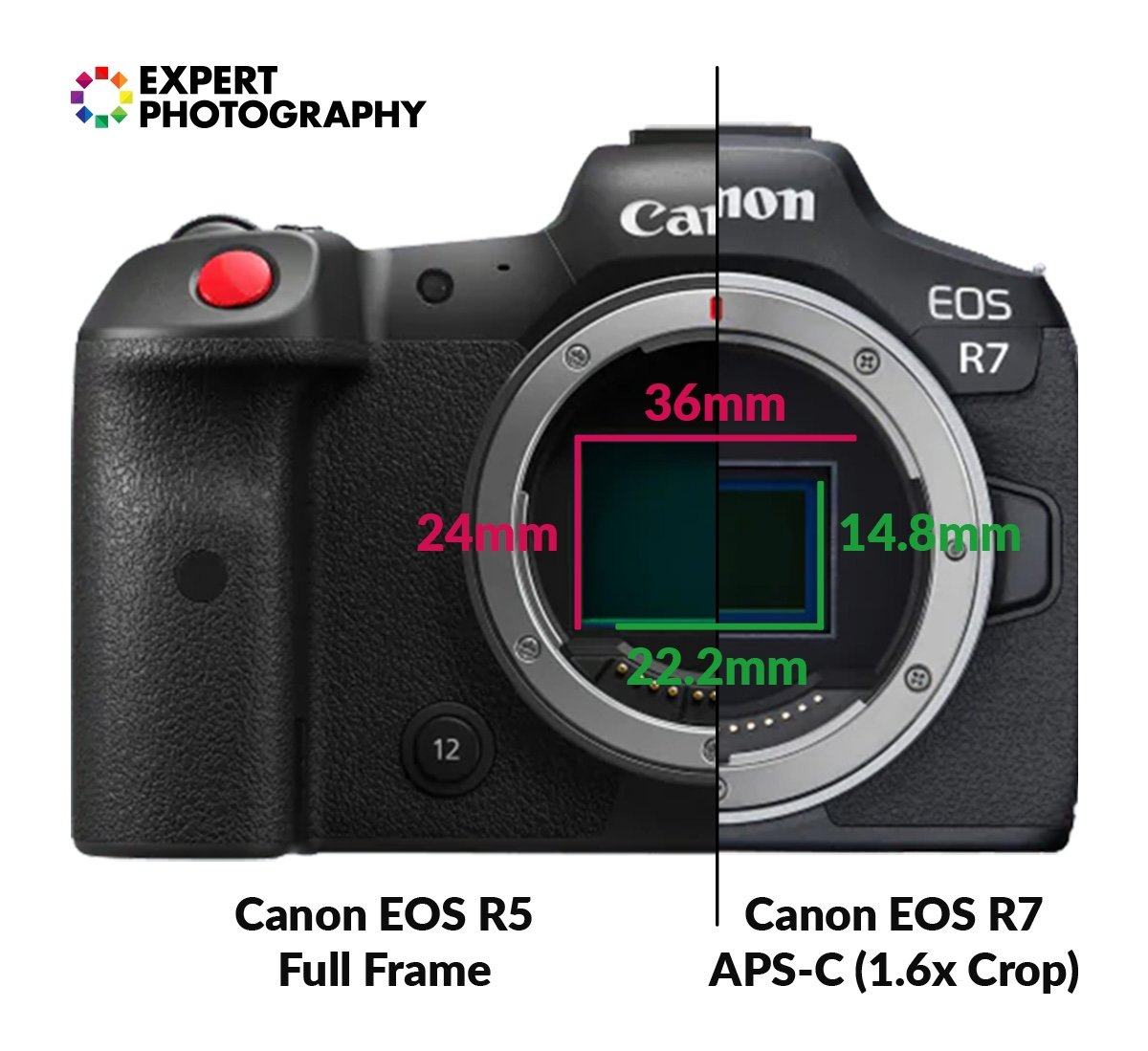
How APS-C and Full-Frame Sensors Affect Camera Size
The first difference you might notice between APS-C and full-frame cameras is size. Full-frame sensors are physically larger than APS-C sensors. This means they need a bigger camera body to house them. The larger body size also means there’s extra weight.
While this isn’t always the case, APS-C cameras are usually smaller and lighter. That makes a crop-sensor camera more appealing to travel photographers who need a portable camera to take on the road. Many street photographers also favor an APC-C camera because it’s more discrete.
Full-frame cameras are favored by photographers who cope with the extra heft. These include photographers who work in studios or on sets. It also includes photographers who often use tripods. The best landscape cameras and product photography cameras are usually full frames.
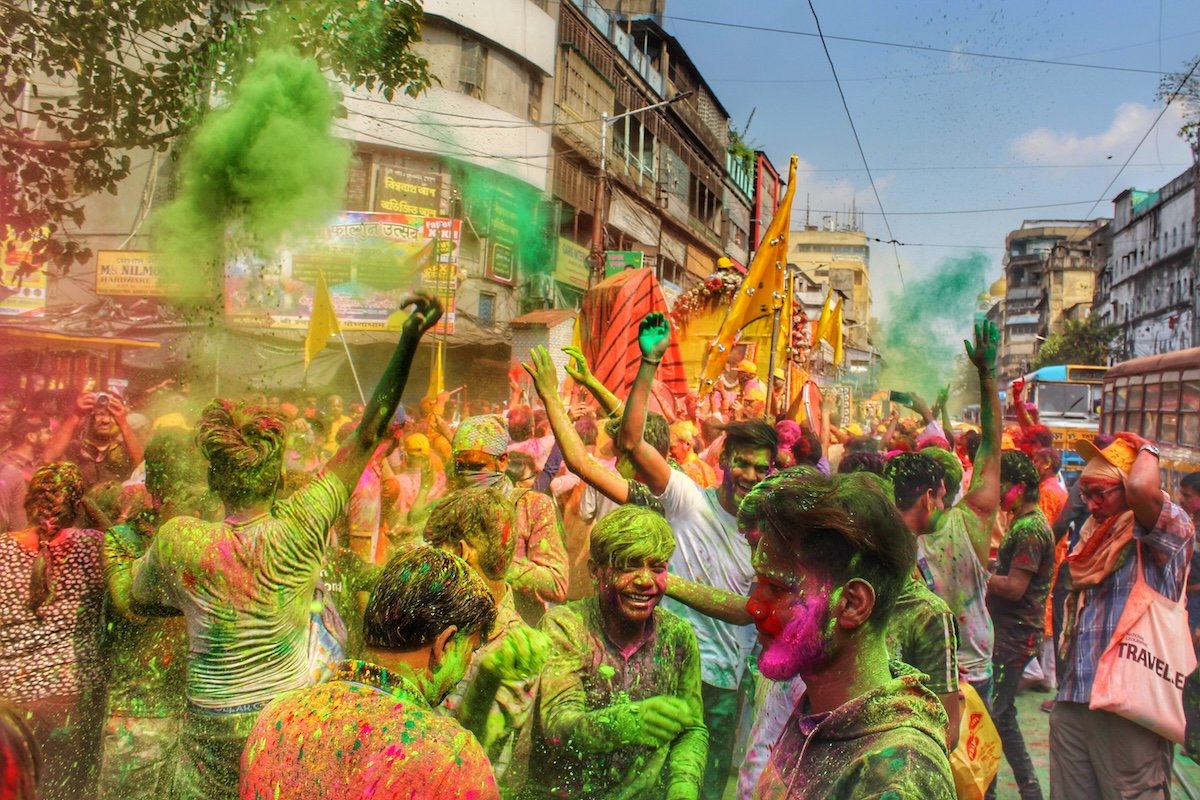
What Is the APS-C Crop Factor?
APS-C sensor cameras are often referred to as crop sensor cameras. This name comes from the fact APS-C cameras are subject to a cropping effect when taking an image. The smaller sensor size reduces the angles of view of the camera, thus cropping the final image.
Most APS-C cameras have a crop factor of 1.5x. You find this degree of crop factor on APS-C cameras from Nikon, Sony, and Pentax. Canon is unique, and an APS-C Canon camera has a 1.6x crop factor.
The crop factor also means you experience an increase in focal length. A 1.5x crop factor effectively turns a 50mm lens into a 75mm lens. And with the increased focal length, you experience extra magnification.
Micro Four Thirds (MFT) cameras also experience this crop factor. And as MFT sensors are even smaller than APS-C sensors, the cropping effect is greater. When using an MFT camera, you experience a 2x crop factor, which changes the aspect ratio from 3:2 to 4:3.
Full-frame cameras experience no crop factor at all. They capture the entire frame, with nothing cropped from the edges and no extra magnification. A 50mm lens on a full-frame camera gives you a 50mm view. That’s why it’s called a full-frame sensor.
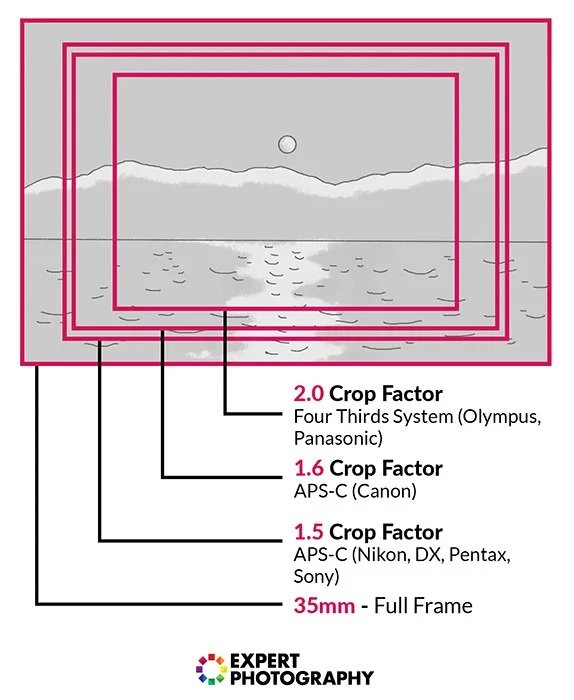
Full Frame vs APS-C: Sensor and Image Specifications
We’ve seen some practical differences in the debate of full frame vs APS-C. Now, we look at how the different sensor sizes affect your images. We review the different specifications to see how these camera types differ.
Camera Sensor Resolution
You might assume that full-frame sensors have a higher megapixel count due to their size. And generally speaking, this is true. They have a bigger surface area and can house more megapixels (MP) than an APS-C sensor.
This might lead you to believe that the image quality of a full-frame camera is always better than that of an APS-C camera. While there is a correlation between a high megapixel count and image quality, it’s not always that simple.
Some APS-C cameras might have a lower megapixel count than a full-frame camera. But as the crop sensor is smaller, the megapixels are more densely situated. When megapixels are spread across more space, you might experience inferior image quality.
The Fujifilm X-H2 and XT-5 have the highest MP counts for APS-C cameras. They have 40-MP sensor resolutions. And even though they have APS-C sensors, they outperform full-frame cameras with a similar MP count.
Apart from these Fujifilm cameras, the problem with APS-C cameras is that the megapixel count maxes out at about 26 MP. This MP count is low for modern full-frame cameras. We’re seeing full-frame DSLRs and mirrorless cameras with much higher sensor resolutions.
The Nikon D850 is a full-frame DSLR with a 45.7 MP sensor. And Sony has raised the stakes in the mirrorless camera division. Their Sony a7R IV has an eye-watering 61.2 MP image sensor. A bigger sensor can translate to better image quality.
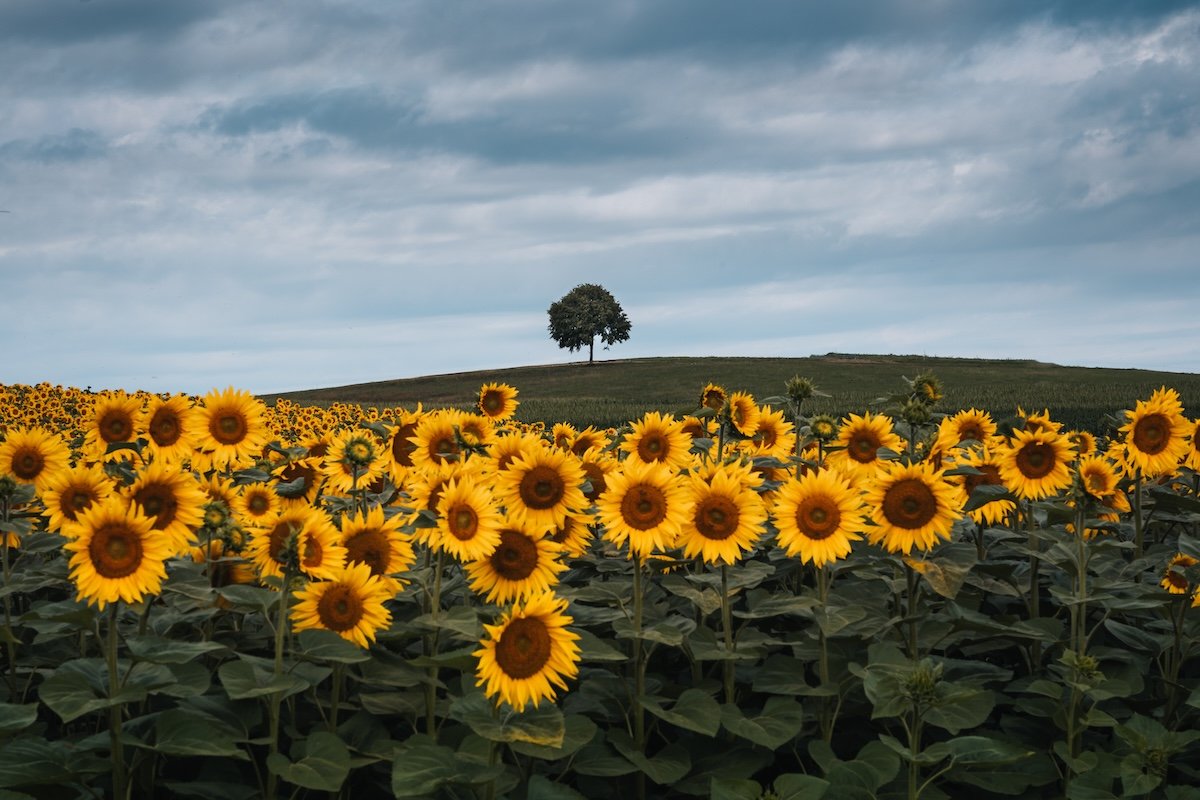
Image File Size
An image with a higher resolution takes up more storage space. The higher your camera’s MP count, the larger the file size of your images. This is especially true if you’re shooting RAW files.
The issue of file size and digital storage isn’t usually a deal-breaker for photographers. But it’s something to be aware of. The larger the file size of your images, the more photos your camera can take before a memory card is full.
You have solutions to the file size issue. You can buy extra SD cards and storage units, like external hard drives. But these cost money, so you must account for them in your photography budget.
Full-Frame Cameras Have Better Low-Light Performance
Full-frame cameras have better low-light performance than their APS-C competitors. The larger sensor takes in more information from the light it receives. And full-frame sensors have larger megapixels.
The larger pixels absorb more light, giving the sensor more information. This gives you more detail from darker environments. It also lets a camera have higher maximum ISO settings.
Full-frame cameras are better suited to night photography. Their extra low-light capabilities make them a good camera choice for concert photography. And it’s best to have the extra resolution and light sensitivity of a full-frame camera for astrophotography.

Full-Frame Cameras Have a Wider Dynamic Range
Dynamic range refers to how much detail your camera can extract from bright and dark areas. Again, APS-C cameras underperform compared to their full-frame counterparts in this field.
The increased number and size of the pixels mean the full-frame sensor receives more information. With this information, a full-frame camera can decipher details in your shot’s brightest and darkest areas. It means you get a detailed picture even in a high-contrast situation.

Does a Full-Frame Camera Have a Shallower Depth of Field?
A shallow depth of field, or bokeh effect, looks great in portraits and product photos. But does a full-frame camera give you a shallower depth of field? The simple answer is yes, but only if you use the same lens on both cameras.
To achieve a soft bokeh effect, you must use a wide aperture on any camera. A lens with a wider angle will also help you achieve a shallow depth of field. But the difference in depth of field with full frame vs APS-C goes back to the crop factor issue.
A 50mm lens on a full-frame camera has a focal length of 50mm. A 50mm lens on an APS-C camera has an effective focal length of 75mm. The shorter focal length of the full-frame camera makes it easier to achieve the bokeh effect.
But you can compensate for this by using a lens with a smaller focal length on an APS-C camera. A 35mm lens on an APS-C camera is equivalent to a 50mm lens on a full frame. It means a 35mm lens on an APS-C camera gives you the same level of bokeh as a 50mm lens on a full-frame camera.
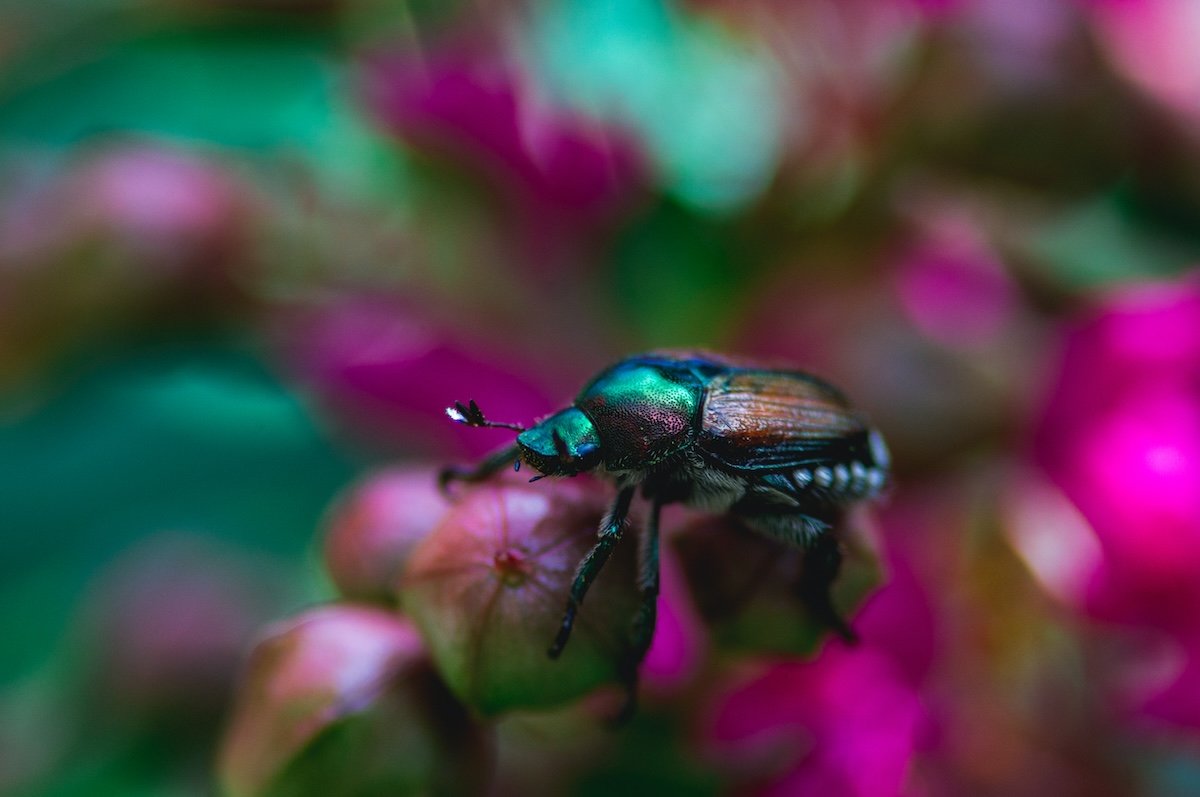
Full Frame vs APS-C Pros and Cons
Here, we examine the advantages and disadvantages of full-frame vs APS-C cameras. You might be surprised which one best suits you.
Full-Frame Camera Advantages
Image resolution is the main advantage of a full-frame camera over an APS-C camera. The higher the camera sensor resolution, the better the image quality.
It seems like APS-C cameras have reached their limit for MP count. Some high-end APS-C cameras can compete with lower-level full-frame cameras. But the top-end full-frames are miles ahead.
Full-frame cameras also have bigger and better ISO ranges. They have better low-light performance. And some full-frame cameras have a 50 ISO setting. The Sony a1 and Panasonic Lumix DC-S5 both have the 50 ISO setting.
Full-frame cameras also have a better dynamic range. A longer focal length lens can achieve a shallower depth of field. Most manufacturers also have excellent lines of full-frame lenses.
Full-Frame Camera Disadvantages
With their bigger sensors, full-frame cameras tend to be bigger and heavier than their APS-C rivals. The extra bulk might put some photographers off.
Full-frame cameras tend to be aimed at photographers at a higher skill level. There are a few entry-level full-frame options. The Canon EOS RP and the Nikon Z5 are excellent options. But features and specs often put full-frame cameras in the enthusiast or professional category.
Another big issue is price. Full-frame cameras tend to be more expensive. And the professional-grade full-frame mirrorless cameras can have some staggering price tags. But the higher performance makes it worth it for many professional photographers.

APS-C Camera Advantages
APS-C cameras are smaller and more lightweight. And there’s a crop sensor camera for every skill level. Excellent beginner cameras include the Canon EOS R100, Nikon Z50, and Sony ZV-1 Mark II. Then, there are professional cameras like the Canon EOS R7 and the Fujifilm X-T5.
These cameras are also on the cheaper end of the price scale. The professional-level APS-C cameras set you back a bit. But it’s a drop in the ocean compared to the top-end prices of the full-frame camera lineups.
Many photographers won’t like the crop factor of an APS-C sensor camera. But others will appreciate the extra magnification. If your 50mm lens gives you an effective focal length of 75mm, you’re closer to the action.
That’s why many of the best sports photography cameras and wildlife cameras have APS-C sensors.
APS-C Camera Disadvantages
APS-C cameras lack the resolution power of their full-frame counterparts. And features like ISO and dynamic range are lagging. While they produce fantastic images, they can’t compete with full-frame cameras for image quality.
Many photographers don’t like the crop factor or the extra magnification of APS-C cameras. And it also makes bokeh more difficult when using the same focal length lenses. You also don’t have as extensive of a selection of new APS-C lenses as you do with full-frame lenses.
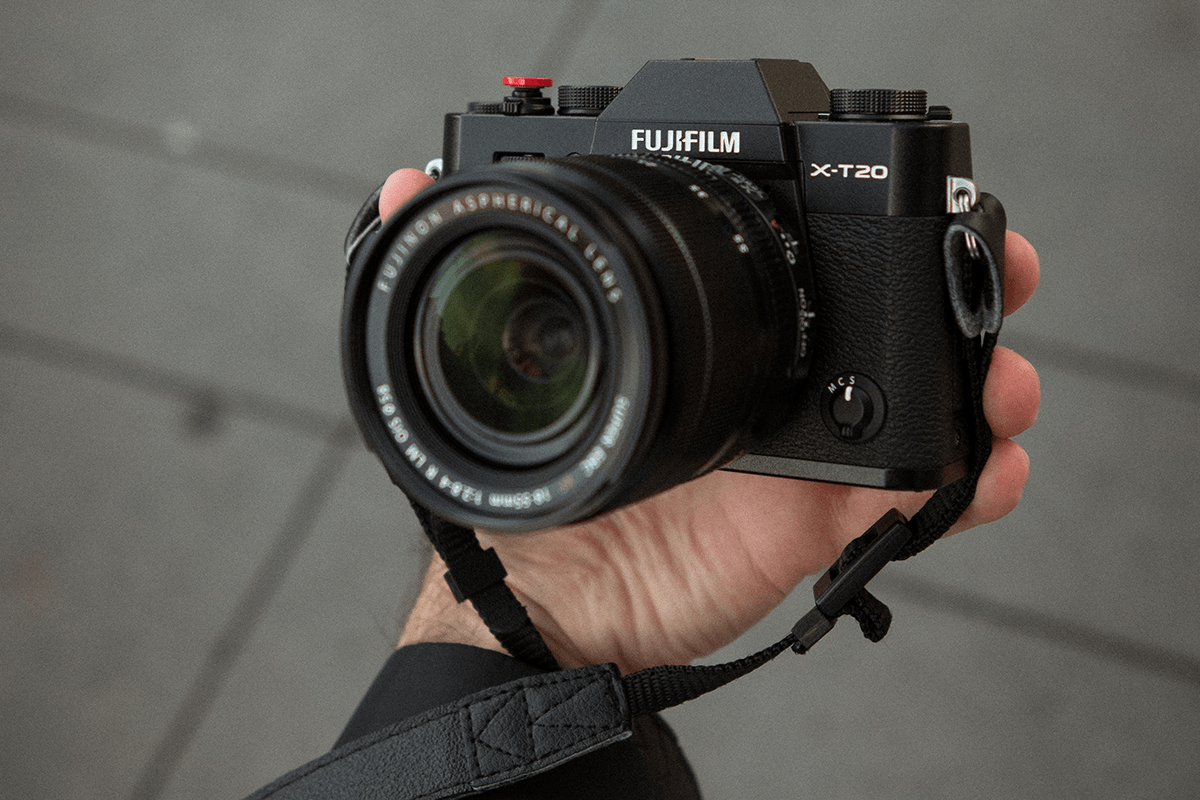
Conclusion: Full Frame vs APS-C
In the battle of full frame vs APS-C, you could say that full-frame cameras are the winners. They have better image specs, and there’s no crop factor. But that’s too reductive. It depends on what kind of camera you need.
An APS-C camera’s small and lightweight body might appeal to travel and street photographers. Plus, photography beginners have far more options in the APS-C sensor category. Or it might be the case that a full-frame camera is out of your price range.
Full-frame cameras dominate the top end of the photography market. But they only appeal to a small section of the photography community. No matter what type of photography you like or your skill level, APS-C cameras have something to offer us all.
Check out our Photography Unlocked eBook to master your camera no matter which sensor your camera has.

